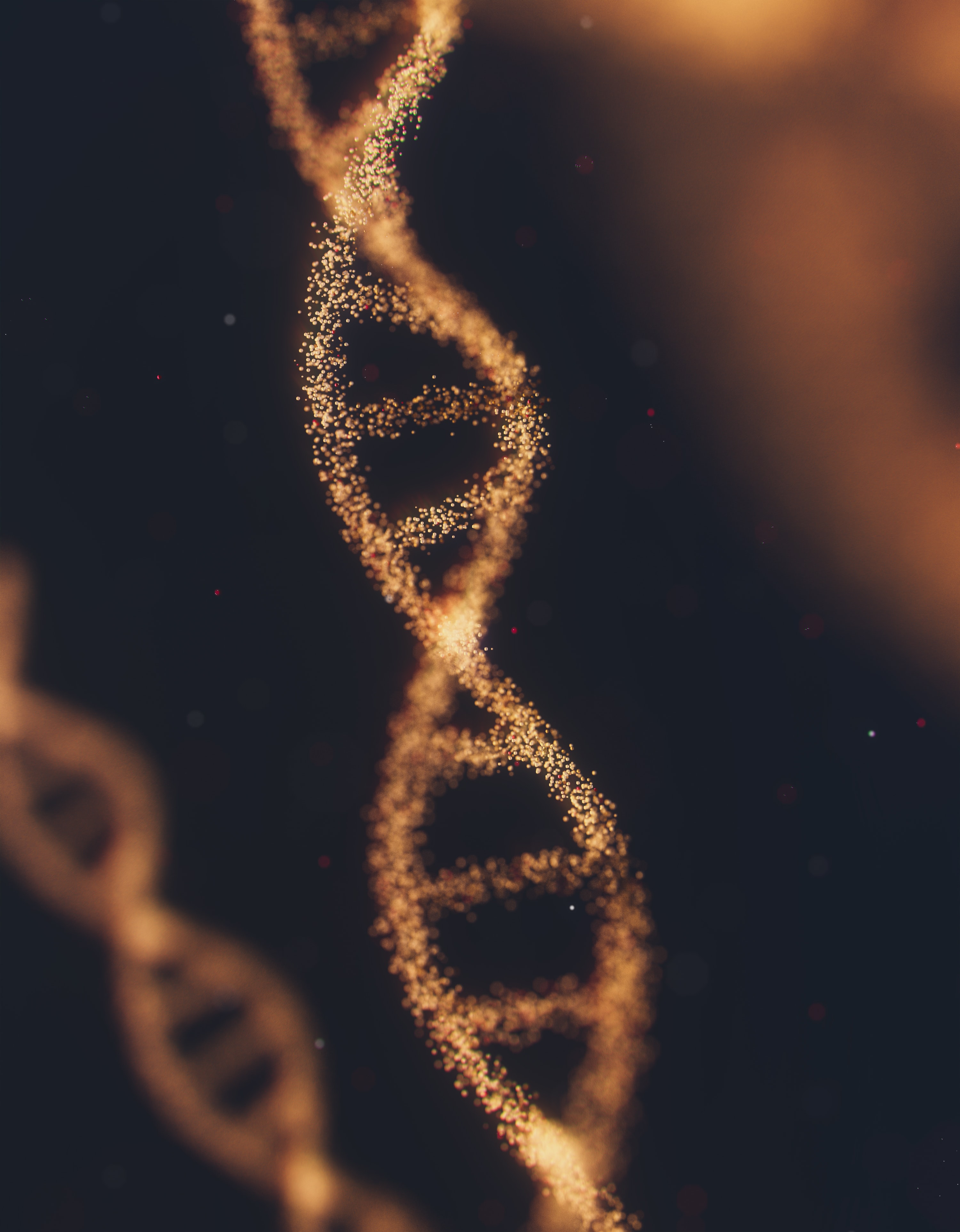Aggregated News

PHILADELPHIA — Cesar de la Fuente believes the next breakthrough antibiotic might come from animals that have been dead for thousands of years.
Since 2021, his lab here at the University of Pennsylvania has built algorithms to trawl genetic databases for protein fragments, called peptides, with microbe-squashing properties. They started with human DNA. But more recently, he’s looked deep into the fossilized past, hunting for potential drugs lurking in the code of Neanderthals, giant sloths and woolly mammoths, among other ancient animals.
His team uses robots to resurrect the most promising snippets and then tests whether they can clear infections in mice at rates comparable to the standard antibiotic polymyxin B. Last year, he named the approach “molecular de-extinction” — a much safer, more feasible and perhaps less lucrative version of Jurassic Park.
“What if we brought back molecules instead of just an entire organism?” he said.
It is, suffice to say, an unorthodox approach to tackling the growing threat of antibiotic resistance, which it’s estimated killed 1.2 million people in 2019. Other researchers try to map a bacterial...



